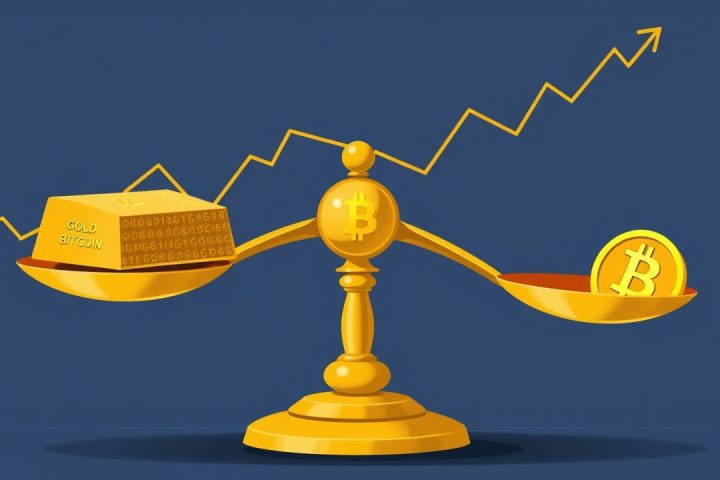The Ethereum Blockchain Upgrade: Pectra
The Ethereum blockchain has recently undergone a significant upgrade known as Pectra, officially launching on its mainnet after comprehensive testing. This upgrade, marked as the first designed predominantly for developers, is anticipated to enhance the usability of the network, potentially restoring investor confidence in Ethereum’s native currency, ETH, amid a lackluster market performance. Furthermore, the buzz is already building for a future upgrade named Fusaka, projected to go live in late 2025.
Ethereum’s Distinction and Evolution
Ethereum, which has been operational since its launch in July 2015, stands out from previous blockchain technologies like Bitcoin by leveraging smart contracts—self-executing code that powers decentralized applications (dApps). Its transition from a proof-of-work (PoW) system to proof-of-stake (PoS) in September 2022 marked a crucial turning point, reducing energy use and establishing a new foundation for network security.
Challenges and Upgrades
Despite its process of advancement through periodic upgrades, Ethereum has struggled to keep pace with its more competitive counterparts, especially Bitcoin, leading to its ETH/BTC valuation reaching historical lows. Upgrades typically improve the platform’s scalability, security, and overall performance and are executed through hard forks that necessitate community consensus and extensive testing phases.
Pectra’s Key Features
The Pectra upgrade, officially activated on May 7, 2025, is designed to address specific limitations present in the Ethereum network. It consists of 11 key Ethereum Improvement Proposals (EIPs) focusing on enhancing various facets of the platform, such as its validator efficiency and staker flexibility, as well as improvements in data storage and processing. These updates aim to cement Ethereum’s place as a leading platform for Layer 2 solutions by increasing blob data capability, thus better accommodating the growing demand for decentralized applications and services.
Speculated Impact on ETH Price
The implications of this upgrade for ETH’s price remain speculative, but potential catalysts include increased activity within the ecosystem and enhanced long-term staking mechanisms, which could alleviate market pressures that lead to selling. The evolution of account abstraction and the flexibility provided through new validator functions are also expected to bolster Ethereum’s attractiveness to both developers and investors.
Looking Towards Fusaka
Looking ahead, the Fusaka upgrade is on the horizon, which promises to further boost Ethereum’s scalability and user experience. Expected to implement EIPs such as PeerDAS, aimed at improving data accessibility for rollups, and EIP-7825, focused on capping transaction gas limits, Fusaka is designed to refine the network’s infrastructure. Although initially, the inclusion of a radical overhaul to the Ethereum contract structure was proposed, it has since been set aside to streamline upgrade efforts.
Conclusion
In summary, the Pectra upgrade marks a pivotal step forward for Ethereum as it adapts to ongoing trends in the blockchain industry. Successful implementation of this initiative is critical not just for internal improvements but also for recovering the ETH price amidst ongoing challenges in the crypto market.




